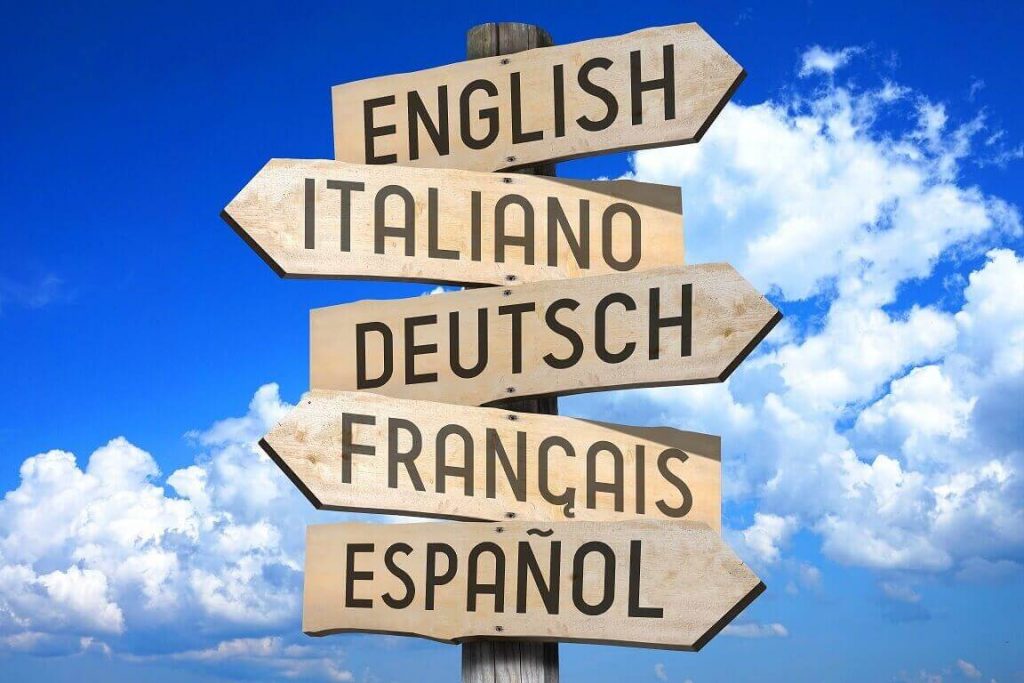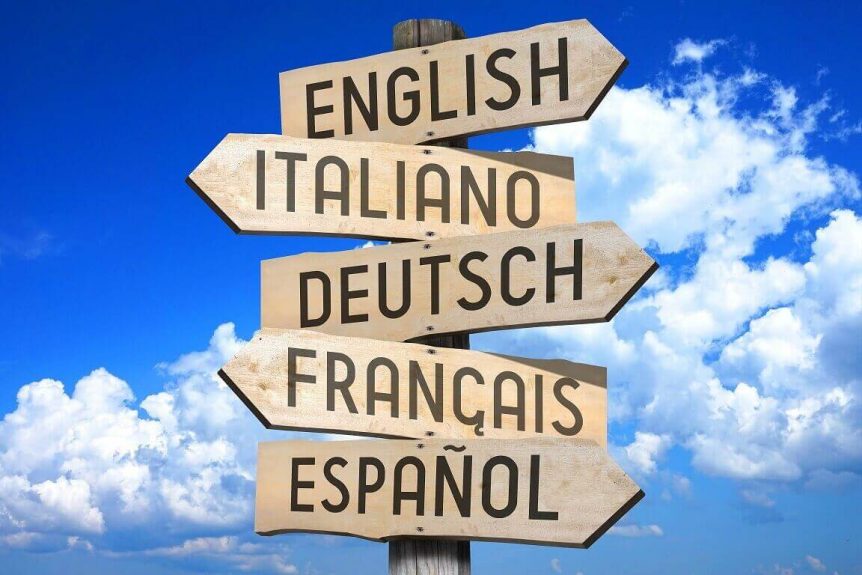Answering the question of how many different languages there are is no easy feat. The world is a big place. Our globe spans seven continents across many different time zones and geographical regions with a total of 195-197 (depending on the sources you check) countries existing.
The difficulty also comes from the fact that language has been developing for thousands of years, often at different paces depending on the part of the world. Languages were both created and lost through time, and it wasn’t unusual for tribes to use different ones even when they were within a single geographical region.
Why This Is So Difficult to Determine
Thus, one cannot answer just how many languages exist today or within the total timespan of human civilizations as an exact figure. Not only are many languages just being discovered, but one’s definition of language may differ from someone else’s.
Different publications, encyclopedias or even fields may also have slightly different definitions of what a language consists of. Linguists specialize in human forms of communication and languages, so we should consider their definition first and foremost.

Linguistics is the scientific study of human language. It is a member of a broader field known as cognitive science. However, even linguists, who study languages and the development of human communications, have no such count. They do not have a clear and reasonable notion of just how many exact languages exist currently. There are many reasons for this as mentioned above.
Regions of the world, such as highland New Guinea or the forests of Amazon have not been fully explored even today. Who knows how many languages could exist in such a region or what they consist of.
There is also the fact that enumeration languages are a lot more complicated than one might believe at first thought. This is in terms of the science of linguistics the way it defines languages.
According to LibreTexts Social Sciences, “For a linguist a language is a human form of communication, which includes the phonetics, the phonology, the morphology, the syntax, the semantics, and the discourse context, as presented by a given speech community.”
Linguists also define it as a living form of communication, which changes across speech communities and over time.
A human form of communication can mean a lot of things. People communicate in different ways, for example. Some use sign language or hand symbols, others verbal communication and finally some rely on written communication. Others, meanwhile, mix these forms of communication within their language.
This gets further complimented when defining not just living languages, but ones lost through time. While there is no clear answer, estimates exist and they range not just in the hundreds, but thousands.
Estimations Exist and Are in the Thousands
The estimates claim that about 31,000 languages have existed in human history, while 6,500 are living languages within the world today. It can be proven that several hundred living and dead languages exist, but the figures become murky and simply estimations after this.
Ethnologue is an annual reference publication, which provides information and statistics for all of the world’s known living languages. Currently, the number is estimated to be 7,117, although it should be noted that it refers to the known languages and does not delve into hypotheticals existing in remote areas.
86% of people use Asian or European languages, according to The Intrepid Guide. Another interesting fact is that 150 to 200 languages are spoken by more than a million people around the world.
What’s more, there are about (depending on when you read this the person may be deceased or not) 46 languages existing that have only a single speaker of the language. Many of these are native languages to a particular region and when the language is lost it may be lost forever.
Asia as a continent by itself has close to 3,000 languages spoken. Africa, meanwhile, has 2,144 languages existing. The Americas have 1,061. The Pacific has 1,313. And, lastly Europe has the smallest number at 287 spoken languages existing today within the continent.
Due to how obscure some languages are, for instance some Native American languages spoken by lost tribes or known by just a handful of people, the number is declining.
The estimates of the number of languages existing also changed over time. For instance, the 11th edition of Encyclopedia Britannica (1911) listed it at 1000, while it continued to increase during the course of the 20th century in estimations.This was due to a greater understanding of languages existing in previously unexplored areas or regions of the world.
Why Languages Matter and Should be Preserved
Language preservation is something that in ways is also the preservation of culture. This is because written and spoken words could be considered an art form and a method of values and traditions to be passed down to future generations within that culture.
Thus, when the language becomes lost, part of the culture it hails from is also lost. Meanwhile, when a language is preserved, the traditions and customs continue to be passed down and exist in the hearts and minds of the people able to understand the language.
Think of history for instance. If people were not able to read historical texts, books or writings, we would not understand exactly where we came from or our ancestors and their accomplishments.
Why Language Is So Important
Without language, you would not be able to read this article. Nor would you be able to watch your favorite videos or films. You would not be able to read the novels you cherish either. Language also means you can take in information easily and learn to improve yourself as a person.
So you see, language plays a huge impact on human development, our ability to take in information, communication with others, and learning. It is also important in terms of travel and being able to communicate with people from all over the world.
Today this is easier than ever with translation applications like Google Translate, as well as specialized services, such as the ones we offer at Lighthouse. It makes surviving a flight, going to a restaurant in a foreign country, or even being able to navigate streets and areas of towns possible using various languages spoken around the world.
We can go to an airport and say the question we have to the staff about our flight into our smartphones in the language we know. It then will give us the translated answer in the language of the people of the country we are visiting, or airport we are flying from, and the staff can read it and help to answer our questions.
With language an idea within our brain is signaled by a word, phrase or a form of communication. To be able to translate or tell this idea to someone else, the same form of communication or word or phrase must be used that they can interpret.
“Some shared system that allows us to understand each other’s ideas when we speak,” according to LibreText Social Sciences. “In linguistics, we call that system the mental grammar and our primary goal is to find out what that shared system is like.”
Final Thoughts
As you see, there are thousands of living languages existing in the world. Some are spoken by just a few existing members of a lost tribe and others are official languages of big nation states and spoken by millions of people across continents. Languages tell us a lot about ourselves and some say that a language changes the thought process or perception of those communicating in it vs another language they may also know. But to answer the question how many languages exist, is really impossible besides estimation.
Check us out at Lighthouse Translations & Interpretations for services related to exactly as the name suggests: translations and interpretations of the many languages of the world to your language of choice. We offer document translations for international companies, interpretation services for conferences, meetings, and even training to private companies, government entities, NGOs, meeting planners, and more.
We have been in existence since 2003, have clients from all over the world and have a team of more than 200 native-speaking professionals on staff. Our vision includes lighting the path for global communications to be accessible by anyone and from anywhere.


